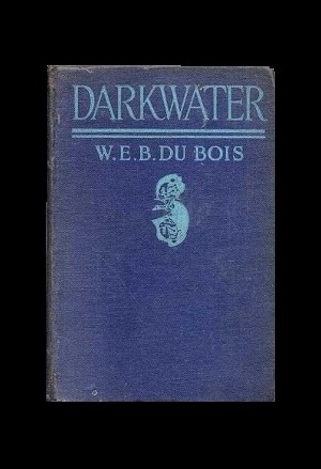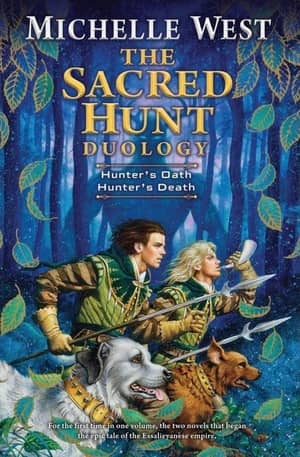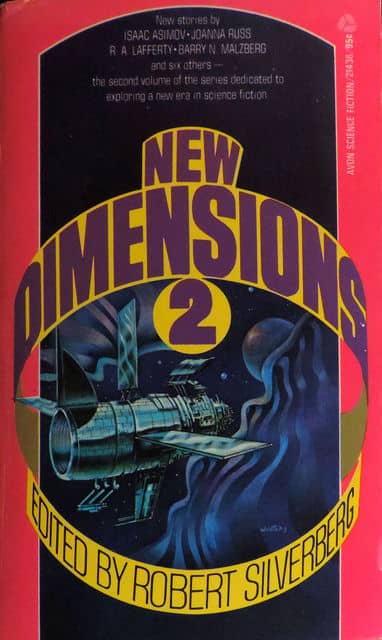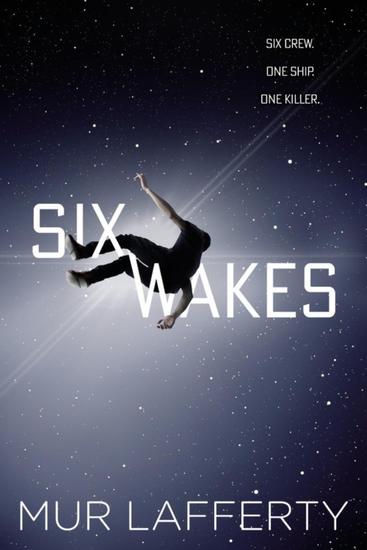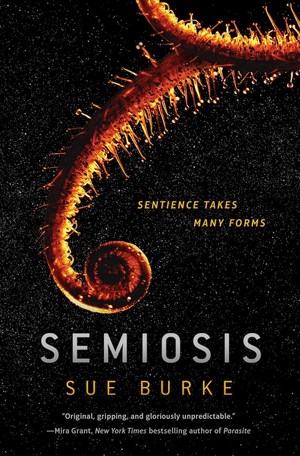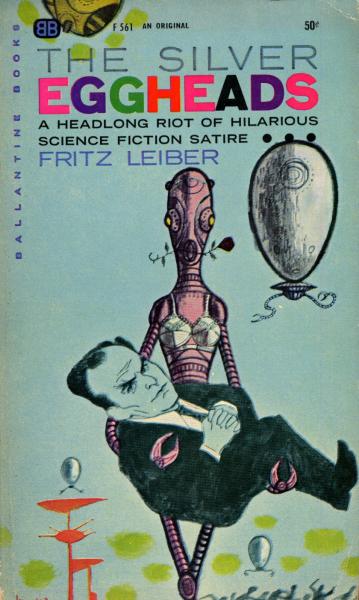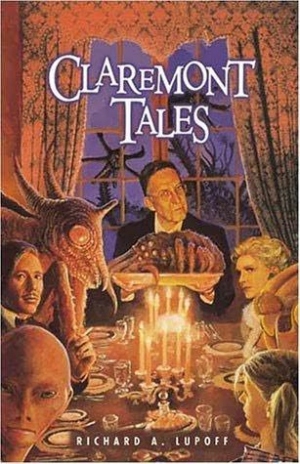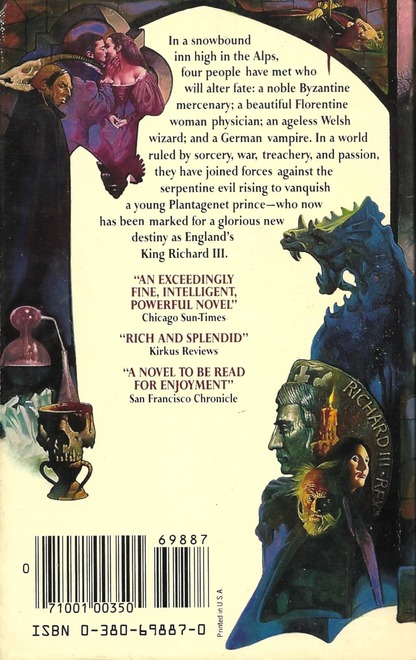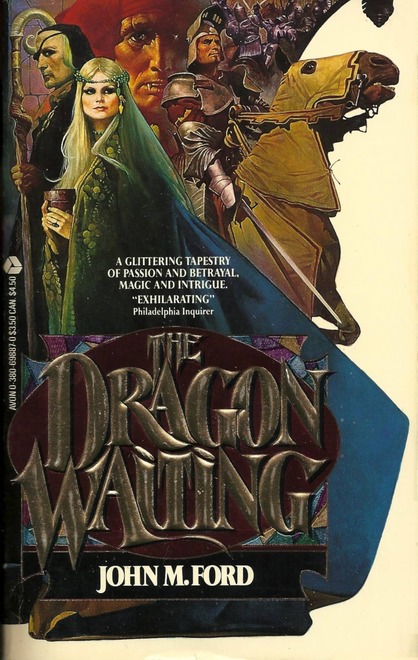 Another issue from fairly early in Cele Goldsmith’s tenure. The cover is by Lloyd Birmingham, his first of a fair quantity of covers for Amazing, Fantastic, and also Analog through 1964. Interiors are by Virgil Finlay, Dan Adkins, and (as a reprint from 1930) Leo Morey.
Another issue from fairly early in Cele Goldsmith’s tenure. The cover is by Lloyd Birmingham, his first of a fair quantity of covers for Amazing, Fantastic, and also Analog through 1964. Interiors are by Virgil Finlay, Dan Adkins, and (as a reprint from 1930) Leo Morey.
S. E. Cotts’ book review column, the Spectroscope, begins with a look at one of the most famous of SF novels, Robert A. Heinlein’s Stranger in a Strange Land. She disliked it — “408 pages of pretentious balderdash.” (I confess I tend to agree.) She also reviews Heinlein’s collection 6XH, which she likes a great deal, especially “The Man Who Traveled in Elephants.” She also covers Clifford Simak’s Time is the Simplest Thing, which was one of the first adult SF novels I read, and which I remember fondly if dimly. (Cotts gives it a thumbs-down.) Also: more thumbs down for Manly Wade Wellman’s Islands in the Sky; a highly qualified approval for Curt Siodmak’s Skyport, and general if mild appreciation of a satirical book I haven’t heard of: Take Me to Your Leader, by Louise and Leslie Waller.
Sam Moskowitz’ historical article is about “Murray Leinster” (real name Will F. Jenkins), quickly summarizing his career from his first published work at the age of 13 to well-respected mid-50s work such as the Hugo-winning “Exploration Team.” He emphasizes Leinster’s range, and his ability to transition from the early crude SF to mature later work.
Lots of letters this month: from Moiya Virginia Norton (criticizing the logic in a recent Stanley Lee story), Ron Smith (praise for the controversial David R. Bunch), Robert E. Briney (sensibly complaining about Moskowitz conflating a character named Conan in the Bradbury/Brackett story “Lorelei of the Red Mist” with Howard’s Conan), H. Conard and Richard Bartlett (taking opposite sides regard to an earlier editorial), E. E. Evers (with a poem), Bob Adolfsen, Charles D. Cunningham (complaining about Moskowitz’ “inept” profile of Van Vogt), followed by a note from Van Vogt himself praising the profile, David B. Williams, Robert Thrun, and Joseph Billings.
Several of these are fairly well-known fans of the day, the most interesting perhaps being Evers, who left fandom – and his entire previously established identity – after he came to the rescue of a woman who was being attacked by another man. Evers beat the guy up, only to learn he was an off-duty cop, and that the police department weren’t going to give up going after him. So he disappeared, and people tend to think he took a new identity.
…
Read More Read More
